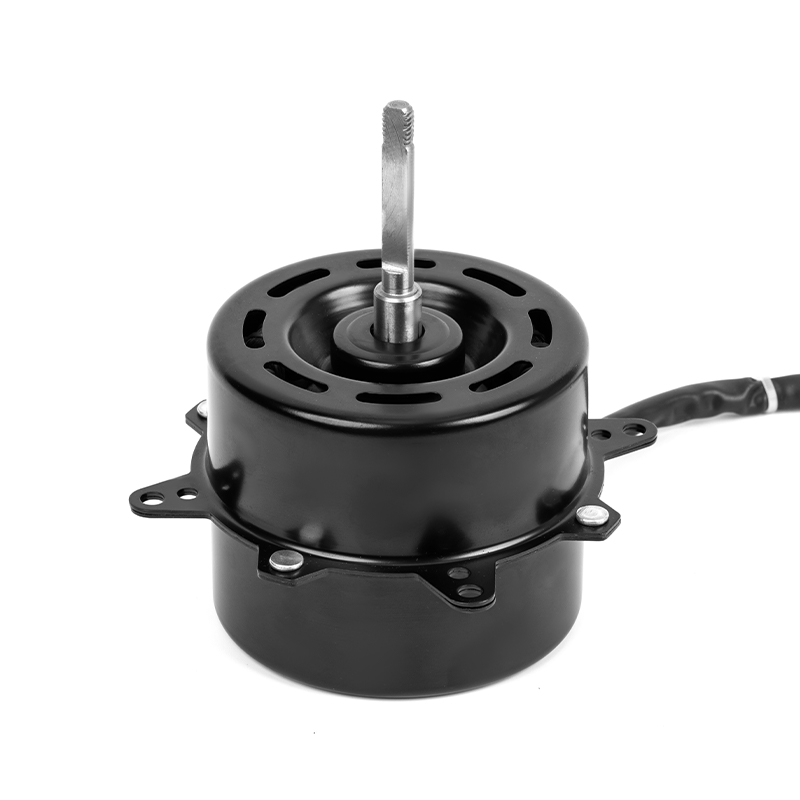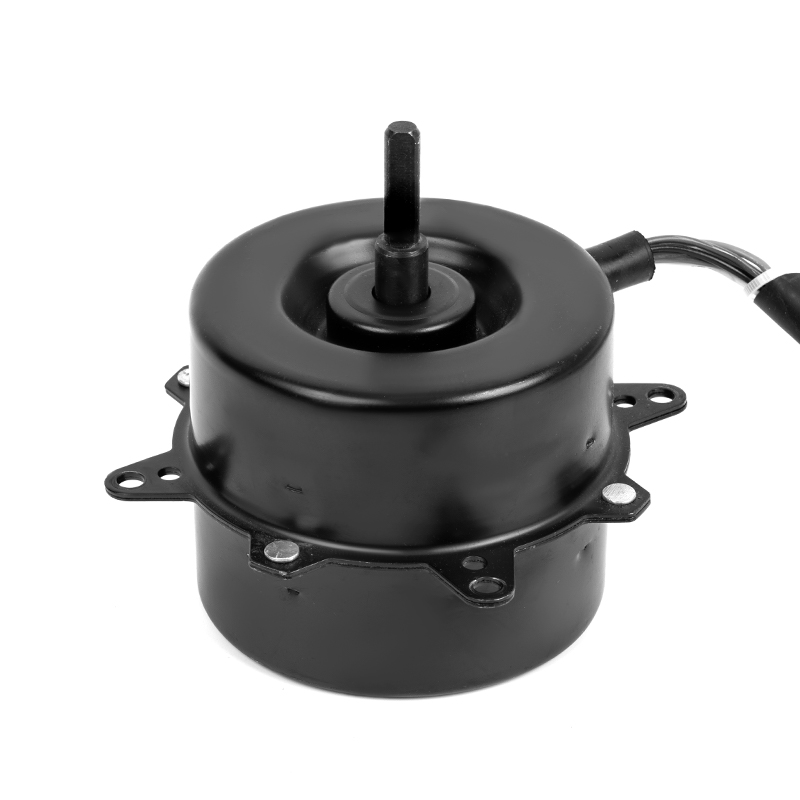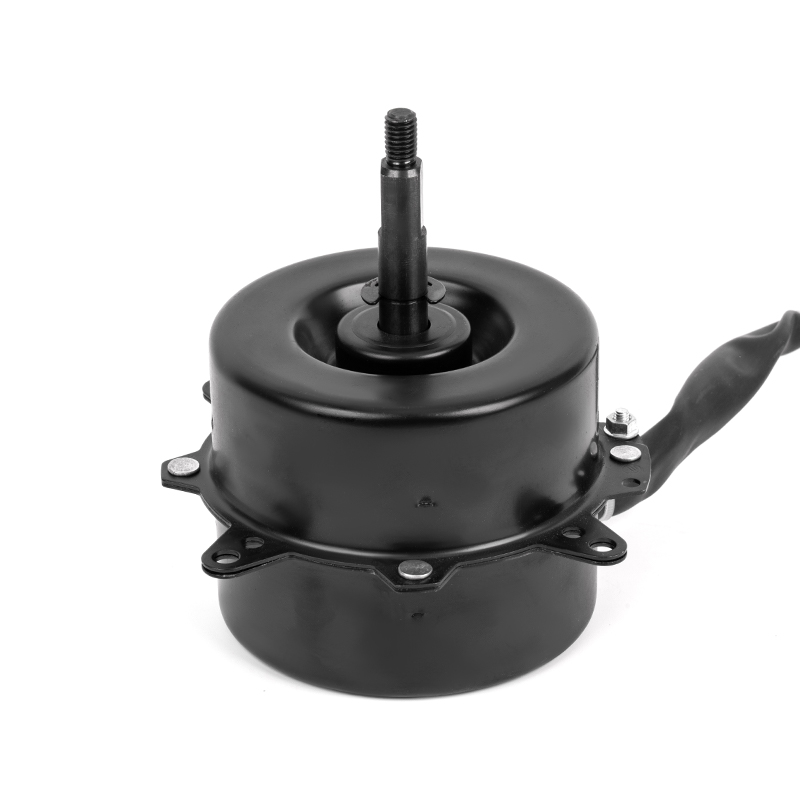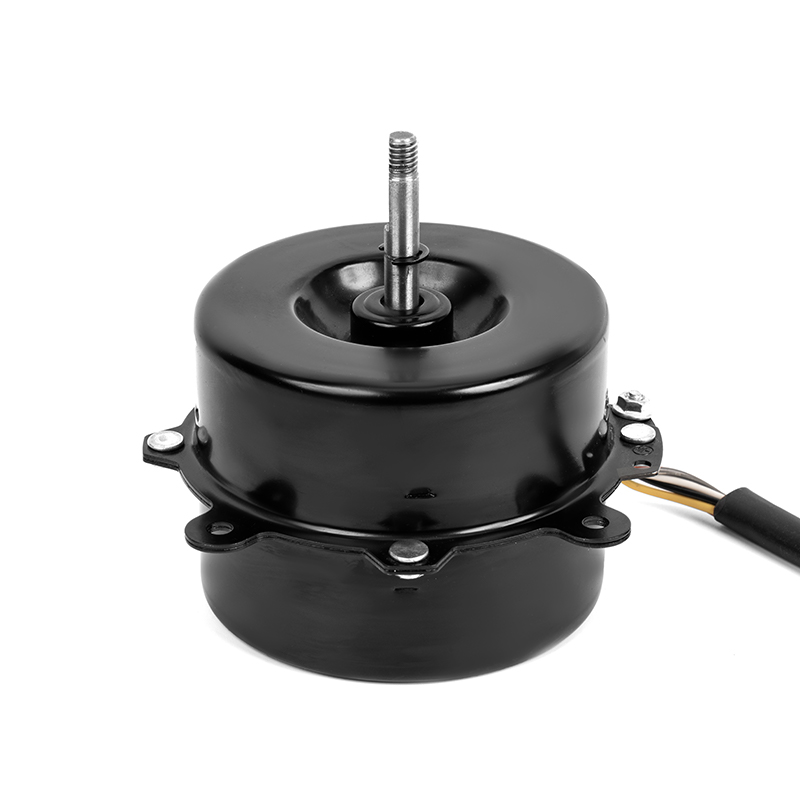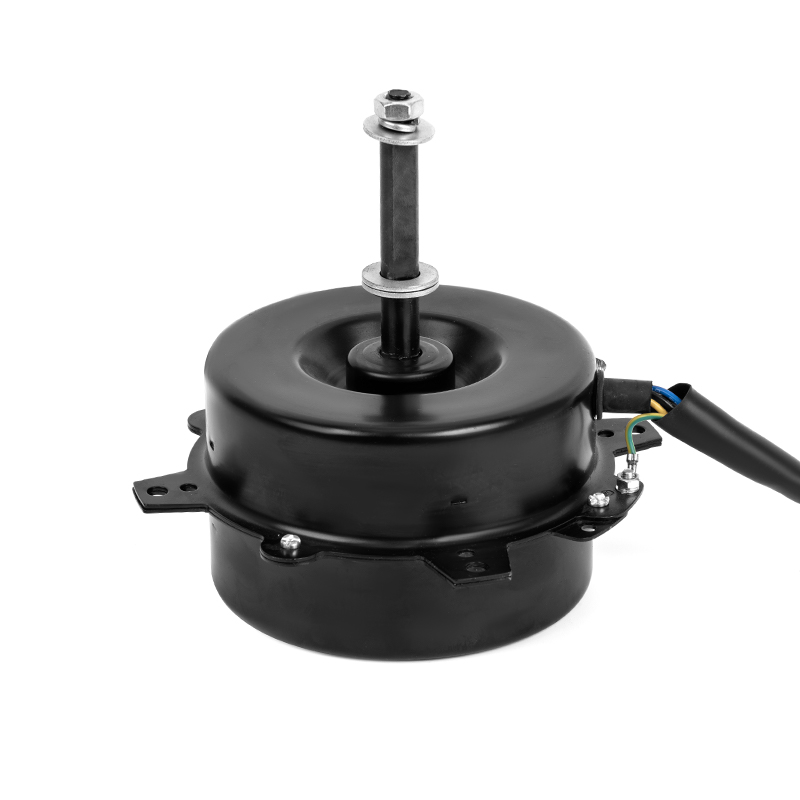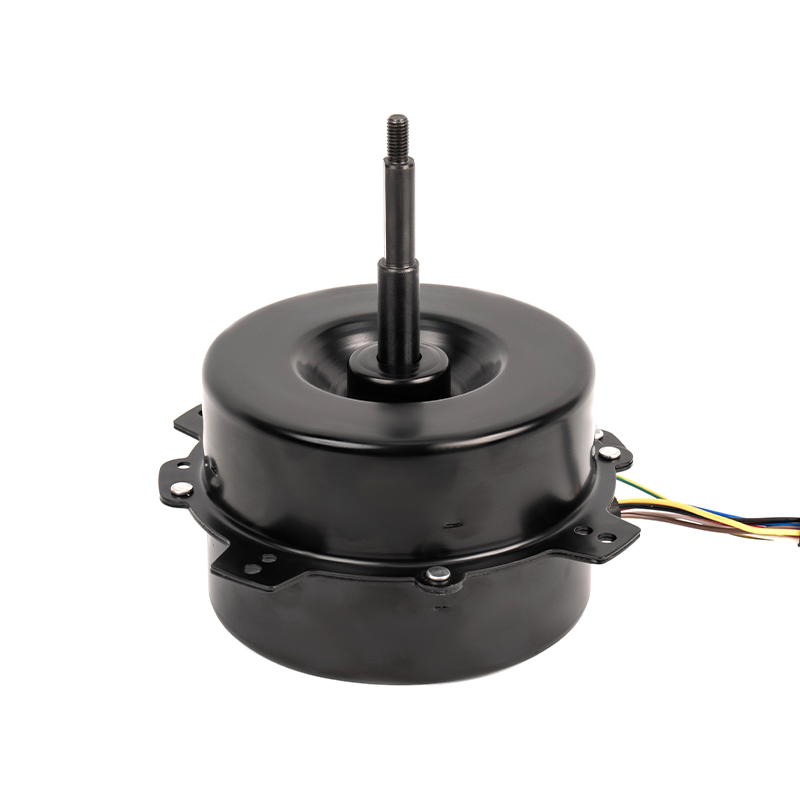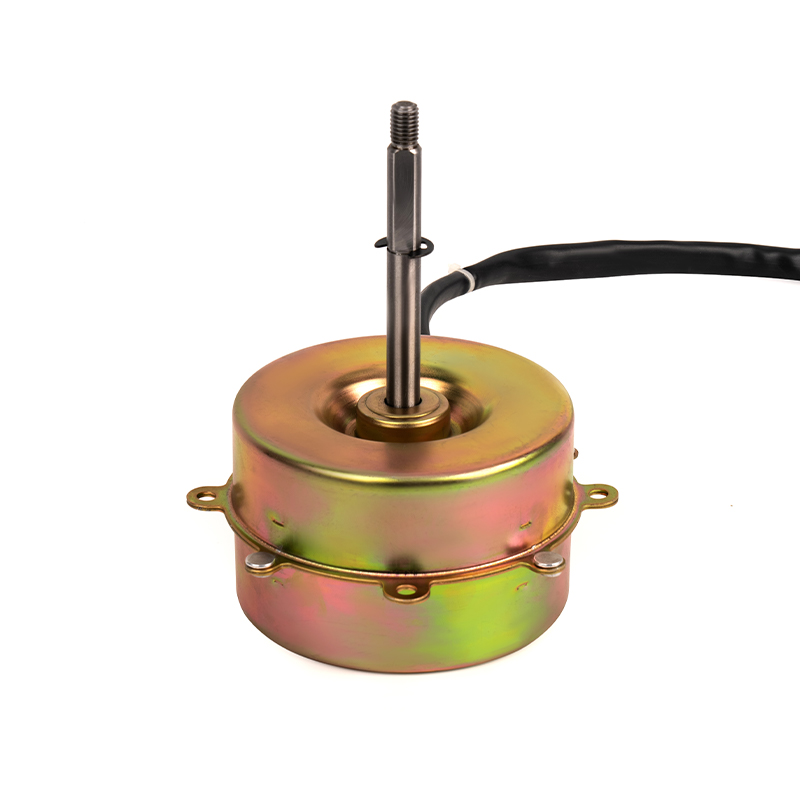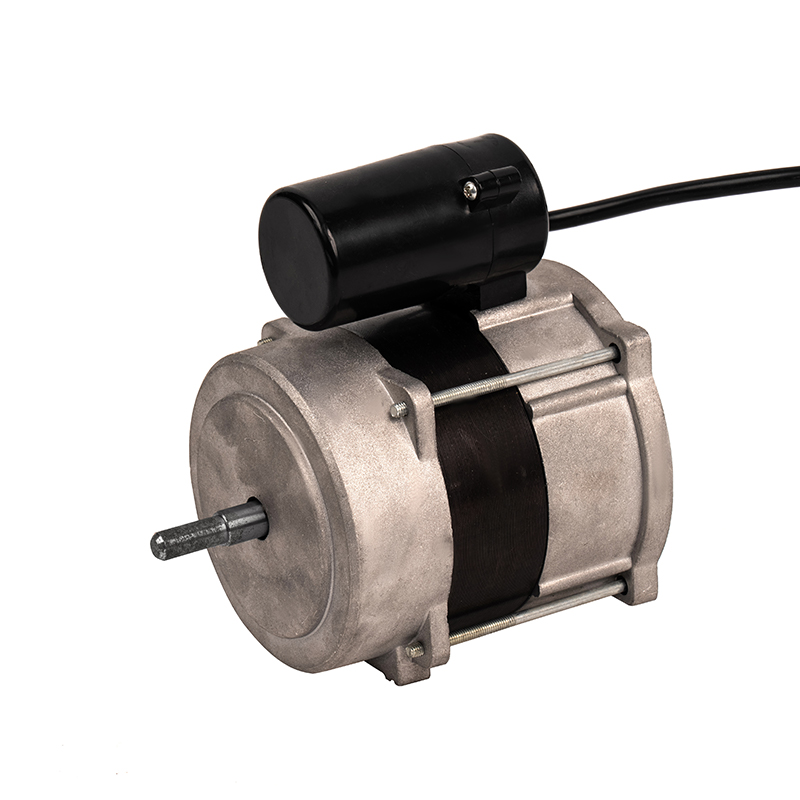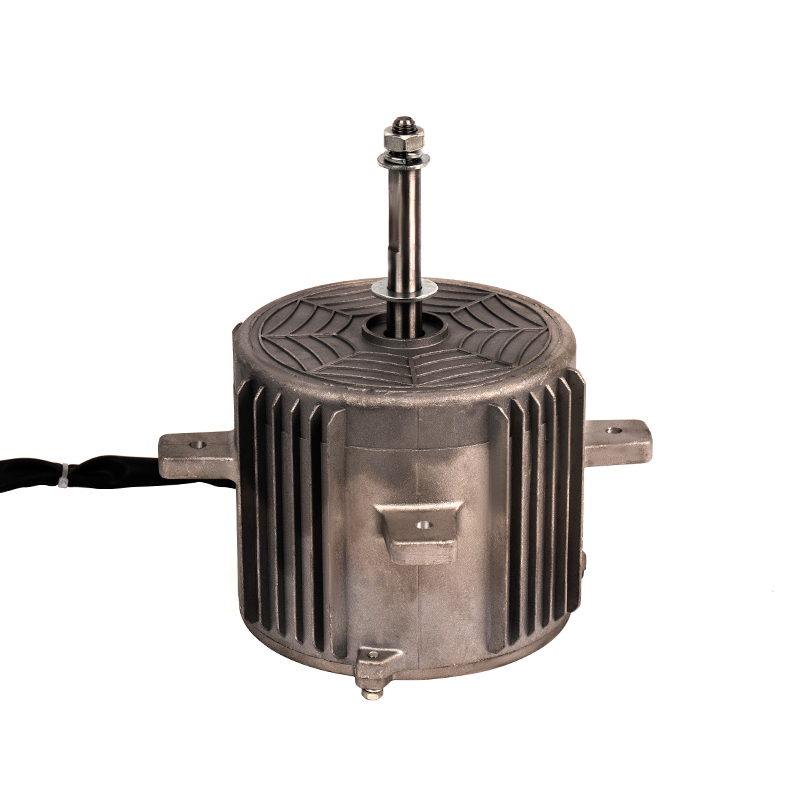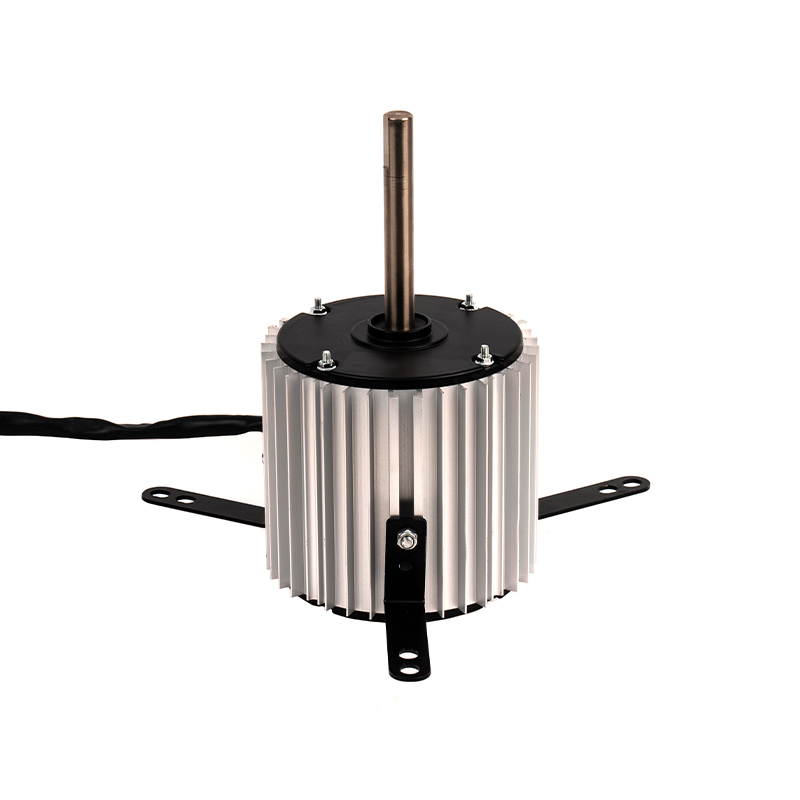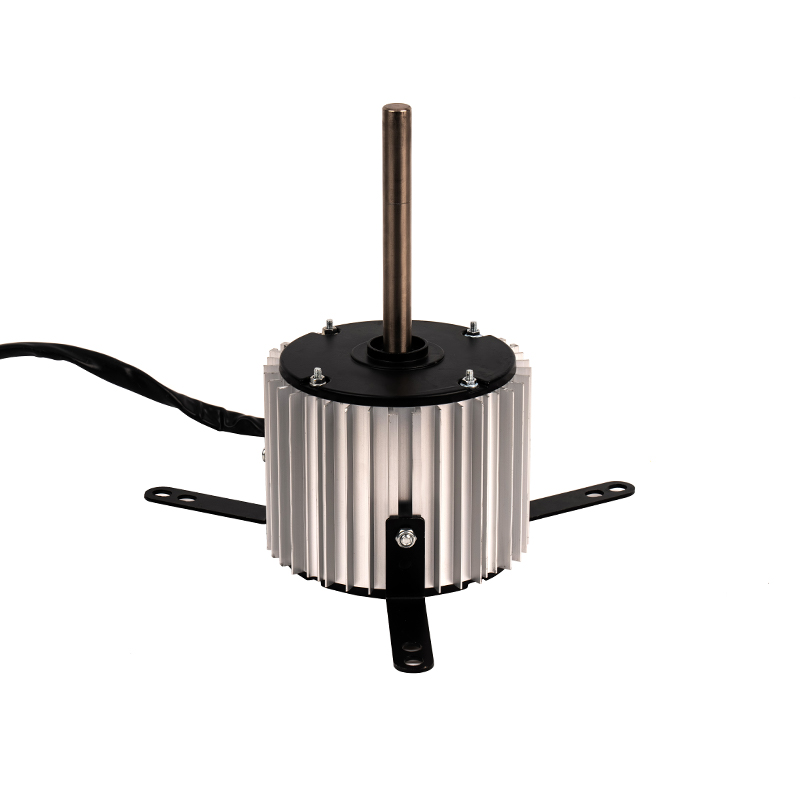The Capacitor Operated One-Way Motor generates heat as a byproduct of its electrical and mechanical processes. This heat primarily arises from the resistance of the copper windings, which convert electrical energy into mechanical energy, and the heat produced within the capacitor as it functions to enhance the motor’s starting torque. As the motor operates, friction within the bearings and other moving parts can also contribute to heat generation. The extent of heat produced is largely determined by the motor's load, speed, and duty cycle. When the motor is running at full load or under continuous operation, heat build-up can become more significant, and if not managed properly, it can lead to performance degradation or even damage to the motor.
The Capacitor Operated One-Way Motor is engineered to manage heat dissipation effectively through a combination of design features. Most motors incorporate ventilation holes, cooling fins, or external heat sinks that promote air circulation and enhance the surface area for heat dissipation. These features help heat escape from the motor casing, preventing excessive internal temperatures. High-quality materials, such as copper windings and aluminum frames, are used to enhance the motor’s ability to conduct heat away from the motor windings and core. The materials’ inherent thermal conductivity ensures that heat is distributed and dissipated more evenly, thus minimizing localized overheating.
The capacitor used in a Capacitor Operated One-Way Motor plays a crucial role in starting and running the motor efficiently by providing a phase shift that helps with torque generation. However, capacitors also contribute to heat generation, particularly if the motor is under heavy load or operates for extended periods. The capacitor’s internal resistance, as well as its size and rating, determine how much heat it generates. If the capacitor is undersized or poorly rated for the motor's operating conditions, it could overheat, causing increased overall motor temperature. Prolonged exposure to high temperatures can degrade the capacitor's dielectric material, reducing its performance and ultimately leading to motor failure. To prevent overheating, it is vital to select capacitors with the correct voltage and capacitance ratings that match the motor’s design specifications and ensure that they are capable of operating within their thermal limits.
Under typical operating conditions, a Capacitor Operated One-Way Motor may not require additional external cooling, as the built-in ventilation and heat dissipation features suffice to manage heat effectively. However, in heavy-duty applications or environments where the motor is expected to run for long periods at high loads, additional cooling methods may be necessary. One such cooling option is forced air cooling, where an external fan is used to increase airflow around the motor. This is particularly useful in enclosed spaces where natural airflow may be insufficient. Another more advanced solution is liquid cooling, which circulates a coolant around the motor to absorb heat more efficiently. This type of cooling is typically used for industrial motors that operate continuously or in environments with extremely high temperatures. These external cooling methods can help maintain optimal operating temperatures and prevent overheating during high-demand usage.



 English
English عربى
عربى ++86 13524608688
++86 13524608688